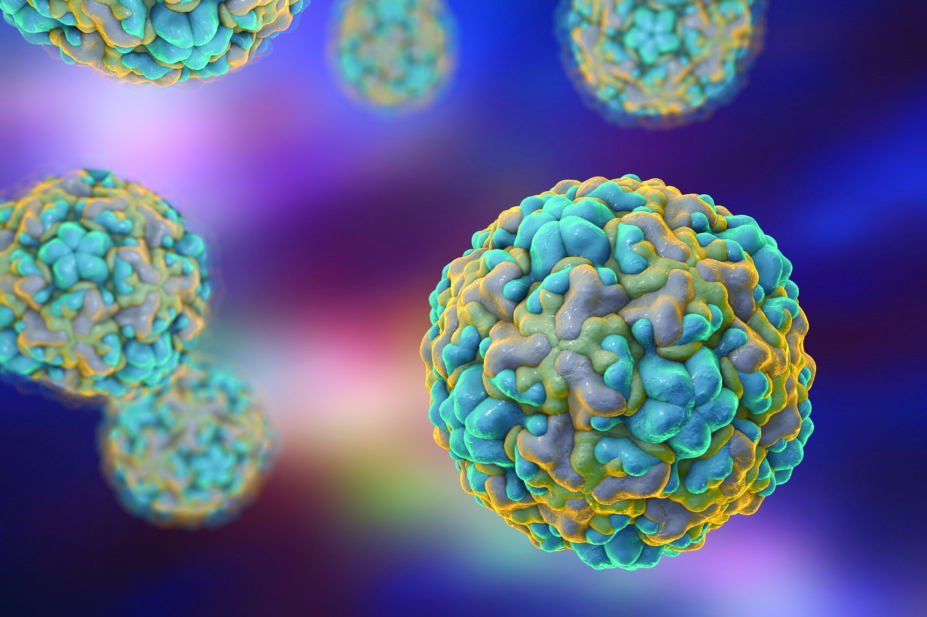
shutterstock.com
Researchers have identified a genetic variant that increases susceptibility to rhinoviruses, such as the common cold.
The variant was identified in a girl aged five years who had recurrent, severe respiratory infections from birth that required intensive care, including colds, flu and bacterial pneumonia. The researchers found that the variant left her unable to produce a functioning version of a protein called MDA5 that protects against rhinovirus infection, the primary cause of the common cold.
“The human immune response to common cold viruses is poorly understood,” says Anthony Fauci, director of the US National Institute of Allergy and Infectious Diseases (NIAID), where the research[1]
was carried out. “By investigating this unique case, our researchers not only helped this child but also helped answer some important scientific questions about these ubiquitous infections that affect nearly everyone.”
The researchers sequenced the coding regions of the girl’s genome, as well as those of her parents. They identified an extremely rare variant in a gene called IFIH1, found mainly in East and South Asian populations, that computational analysis predicted to be deleterious. The girl carried two copies of the variant (homozygous), while both her parents and one of her brothers carried one copy of the variant (heterozygous).
The team showed that a functional version of the MDA5 protein, which is encoded by the gene, is able to reduce human rhinovirus (HRV) replication within infected cells. And, when the functional protein was silenced in infected cells, they showed reduced production of certain interferons involved in antiviral responses.
Notably, the MDA5 protein only played a role in response to HRV infection and not influenza or respiratory syncytial virus.
There are currently no antiviral treatments for HRV, so the researchers say the findings could lead to new ways to treat people who experience complications from HRV infection. They say it is sometimes wrongly assumed that all HRV infections are innocuous.
“When people have other disease factors, HRV infection can become a tipping point and lead to severe illness, disability or even death,” says lead study author Helen Su from the NIAID department of intramural research. “Now that we better understand the pathway, we can investigate more targeted ways to intervene.”
References
[1] Lamborn IT, Jing H, Zhang Y, et al. Recurrent rhinovirus infections in a child with inherited MDA5 deficiency. J Exp Med 2017. doi:10.1084/jem.20161759


